Building fluency is about the students increasing their automaticity, prosody, and, ultimately, their comprehension. Reading texts at too high a level or with too many unknown words will make this process more difficult. For your EL students, it will be critical to:
- draw attention to unknown words during the initial presentation of the text
- provide appropriate levels of definitions (e.g., give English labels for words for which concepts and labels in one’s native language are understood, quick definitions or demonstrations for simple words)
- tie the words to the student’s existing background knowledge
No amount of simply reading and rereading words will produce knowledge of unknown vocabulary. In addition to identifying student vocabulary challenges on your own, teach students to identify unknown words as well. This can promote increased ownership over their reading.
Echo Reading
Echo reading is a repeated reading technique designed to assist students struggling with fluent, expressive reading. Model the reading of a short segment of text out loud while your student follows along with their finger. Once you stop reading, the student rereads the segment out loud. In their repetition, the student attempts to read the words accurately with the same expression as your model. This pattern progresses through the entire selected text.
Echo reading is a particularly useful strategy for students just learning to read, including ELs with very low English proficiency levels. Research has shown that echo reading with a fluent adult model improved reading accuracy rates on familiar passages.
Choral Reading
Choral reading is a repeated oral reading technique implemented with groups of students, in which they read text aloud at the same time and then again in different groups. This is a great technique to use with English learners. It can reduce anxiety in ELs over mispronunciations, and it provides a comfortable way for Els to practice reading and hear fluent reading, without their mistakes being the primary focus. This type of repeated reading also allows ELs to hear their own errors in comparison with what is being said by their peers.
To implement choral reading in your classroom, try the following:
- Introduce the text to students by reading it aloud to them while they follow along silently. Texts that lend themselves to active emphasis are especially good with this technique (e.g., poems, songs).
- Next, have your students read through the text aloud and in unison.
- Reread the text multiple times, breaking the larger group into smaller groups and asking different groups to take turns reading portions of text aloud in unison. Students can be grouped in many ways (e.g., brown/blue eyes, favorite colors).
As with any form of repeated oral reading, it’s important for ELs to draw attention to unknown vocabulary or concepts and build knowledge of these words or phrases and background knowledge during the initial presentation of the text. Chunking the text into meaningful units (e.g., phrases, clauses, meaningful portions of a sentence) can be especially useful for ELs.
Partner Reading
Partner reading combines repeated reading with peer-assisted learning strategies. Studies have shown* that partner reading is especially beneficial for ELs because it allows them to engage in a linguistically complex interaction with a fluent model, participate in collaborative experiences constructing and sharing text meaning, and hear and practice appropriate prosody. Partner reading also helps teachers assist students at all levels simultaneously and removes the need to sit one to one with each student.
In contrast to choral reading, pairs of students read consecutive portions of the text rather than the same text in unison during partner reading. Both students in the partnership play the role of reader and supporter, most commonly alternating roles page by page. One student reads the first page aloud while the other plays a supporting role, following along and providing corrections and assistance with unknown or misread words. The students switch roles on the next page.
For EL students, a variety of pairings have been recommended for partner reading, including:
- pairing the student with a monolingual English partner
- pairing the student with another EL with stronger English language skills
- giving the student the experience of coaching another EL with somewhat weaker English language skills
Although it’s important that ELs are exposed to a fluent model, balancing this practice and exposure with the opportunity to play a coaching role can also boost the student’s confidence in their own skills. Instructing students on the partner reading process is important and should include discussion of how to listen to partners and provide positive, productive feedback.
Get the book behind today’s blog post for much more on providing English learners with explicit, systematic instruction on language and literacy fundamentals.
*References
Calderón, M. E., Hertz-Lazarowitz, R., & Slavin, R. (1996). Effects of bilingual cooperative integrated reading and composition on students transitioning from Spanish to English reading. Unpublished paper for the Office of Educational Research and Improvement, U.S. Department of Education, Washington, DC.
Calhoon, M., Otaiba, S. A., Cihak, D., King, A., & Avalos, A. (2007). Effects of a peer-mediated program on reading skill acquisition for two-way bilingual first-grade classrooms.
Learning Disability Quarterly, 30(3), 169–184.
Wright, W. E. (2015). Foundations for teaching English language learners: Research, theory, policy, and practice (2nd ed.). Philadelphia, PA: Caslon Publishing.
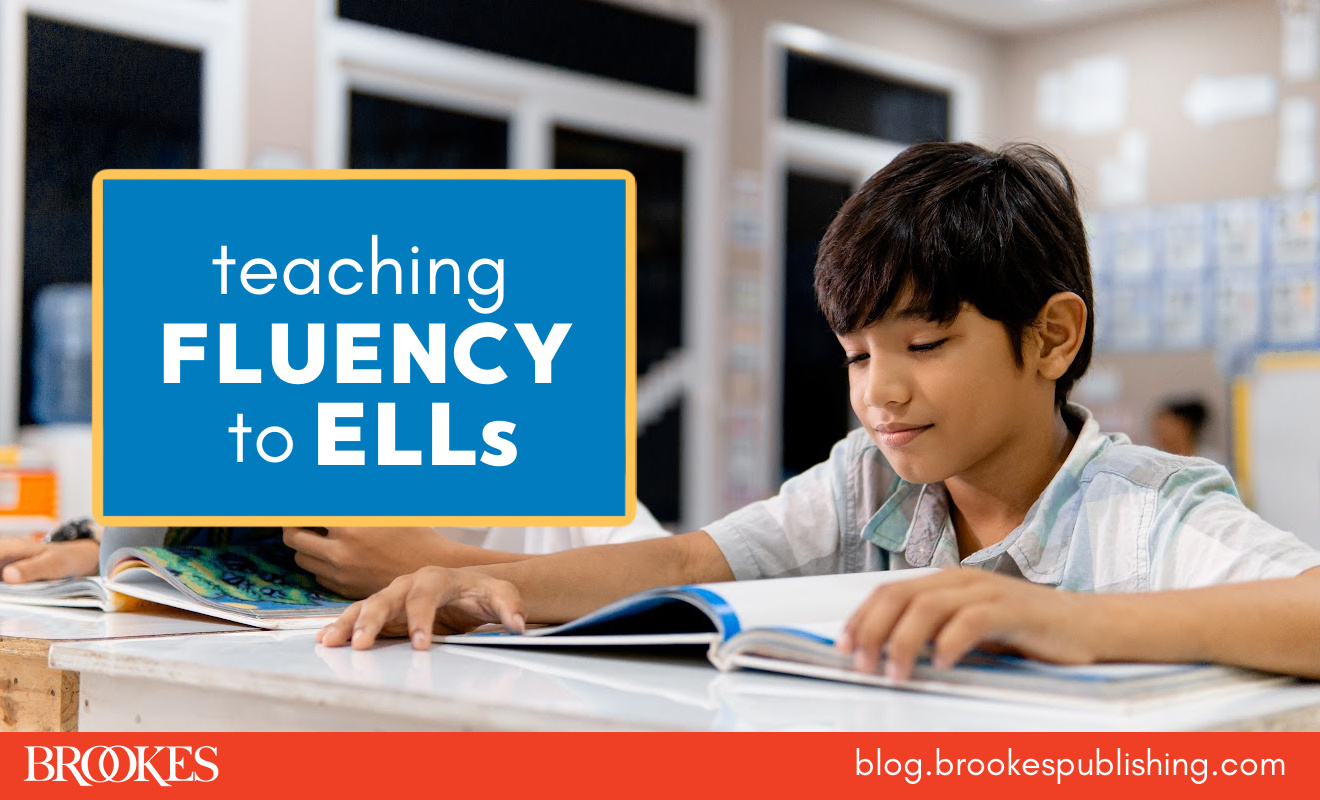
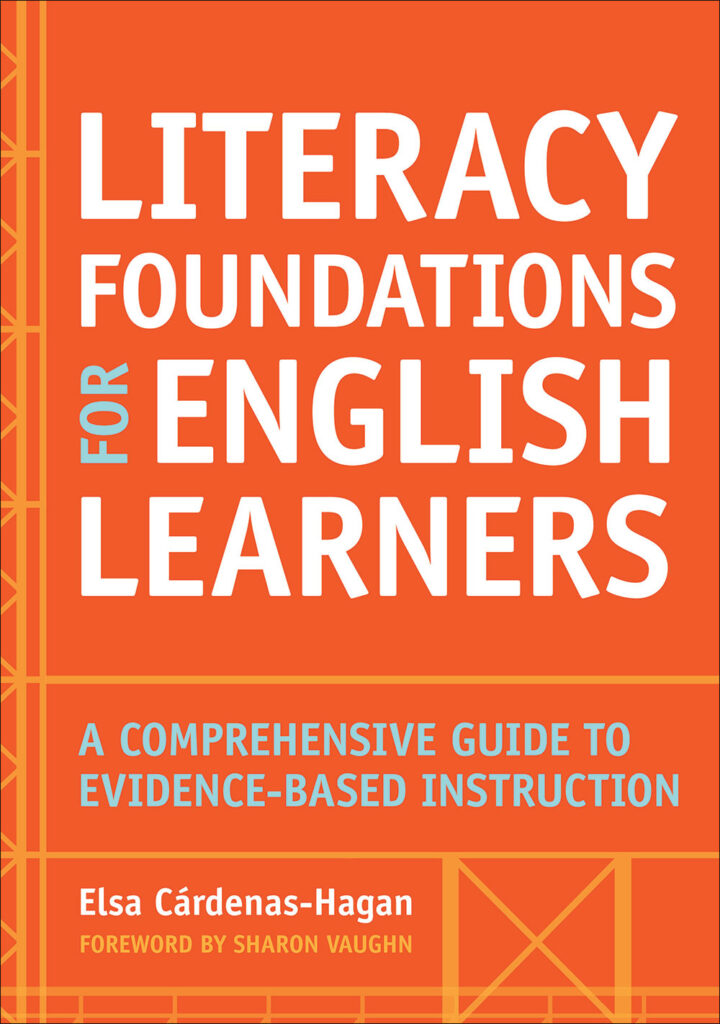 *Today’s post has been adapted from the chapter “Reading Fluency Among English Learners” by Coleen D. Carlson, in Literacy Foundations for English Learners, edited by Elsa Cárdenas-Hagan, Ed.D., CCC-SLP, CDT, CALT, QI
*Today’s post has been adapted from the chapter “Reading Fluency Among English Learners” by Coleen D. Carlson, in Literacy Foundations for English Learners, edited by Elsa Cárdenas-Hagan, Ed.D., CCC-SLP, CDT, CALT, QI
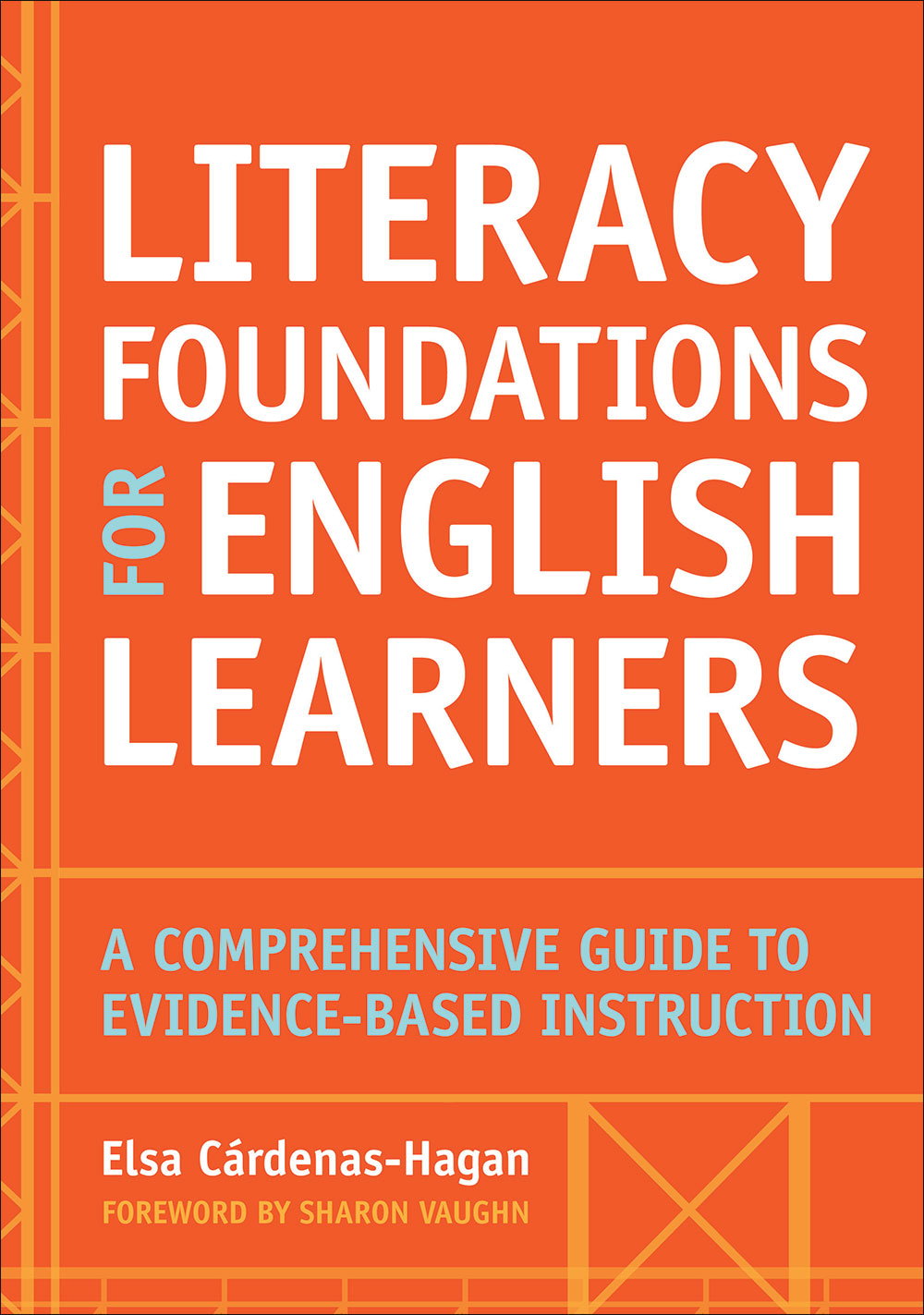

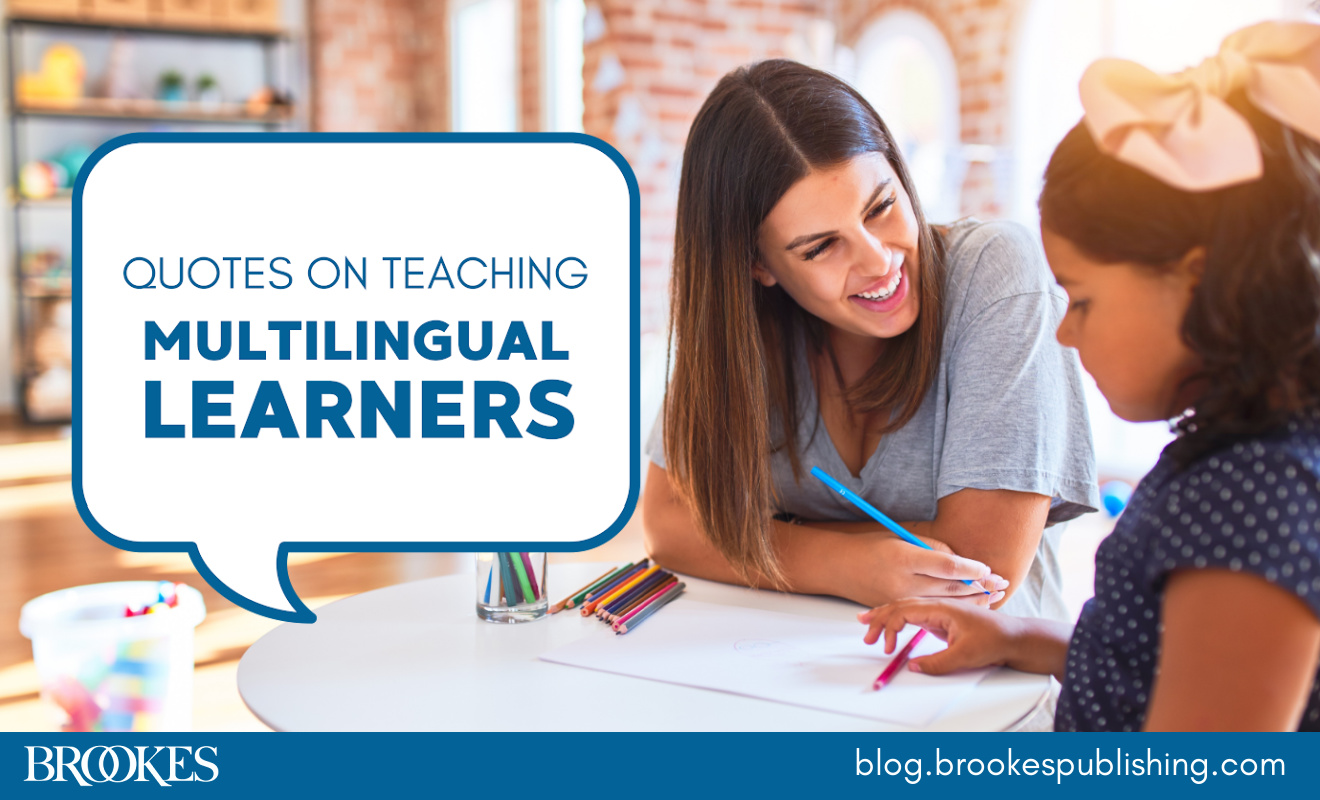
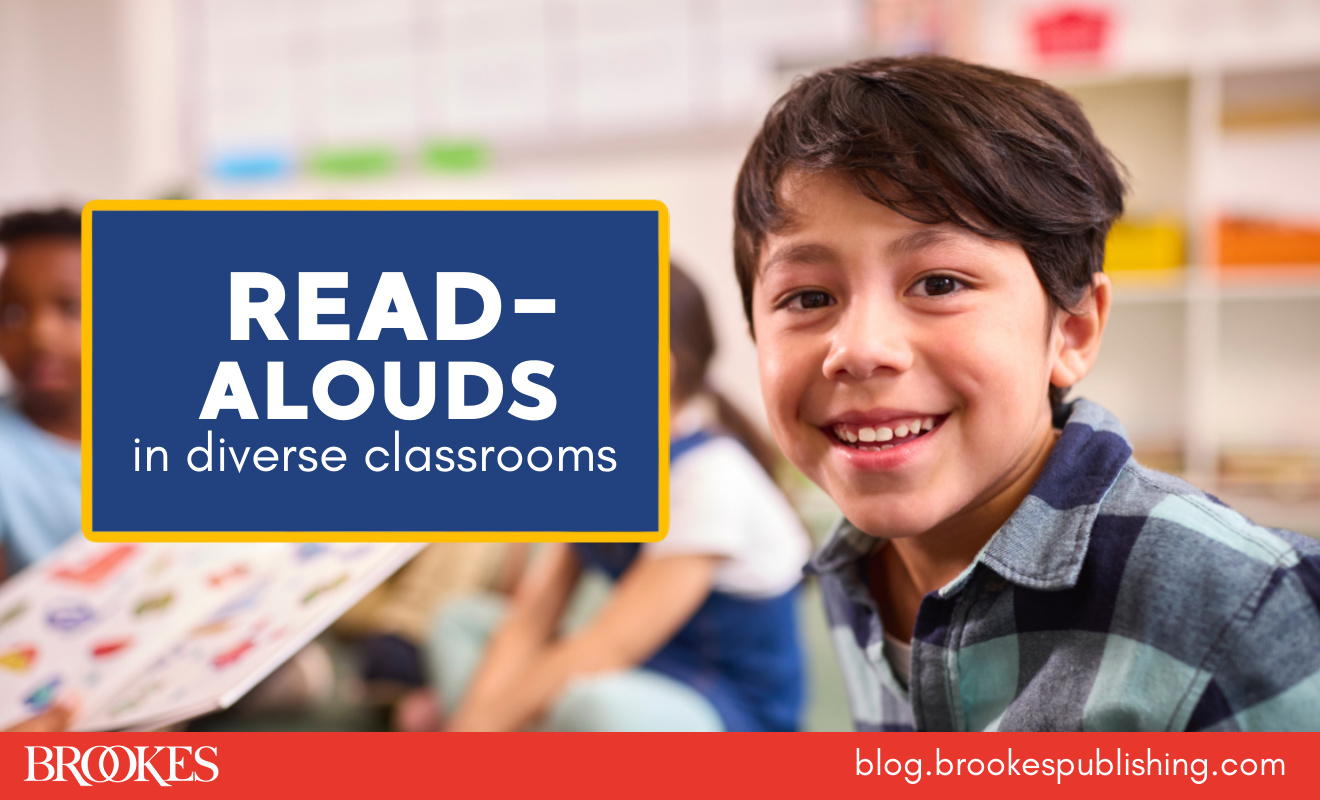
Write a Comment
Your email address will not be published. Required fields are marked *
Post a Comment